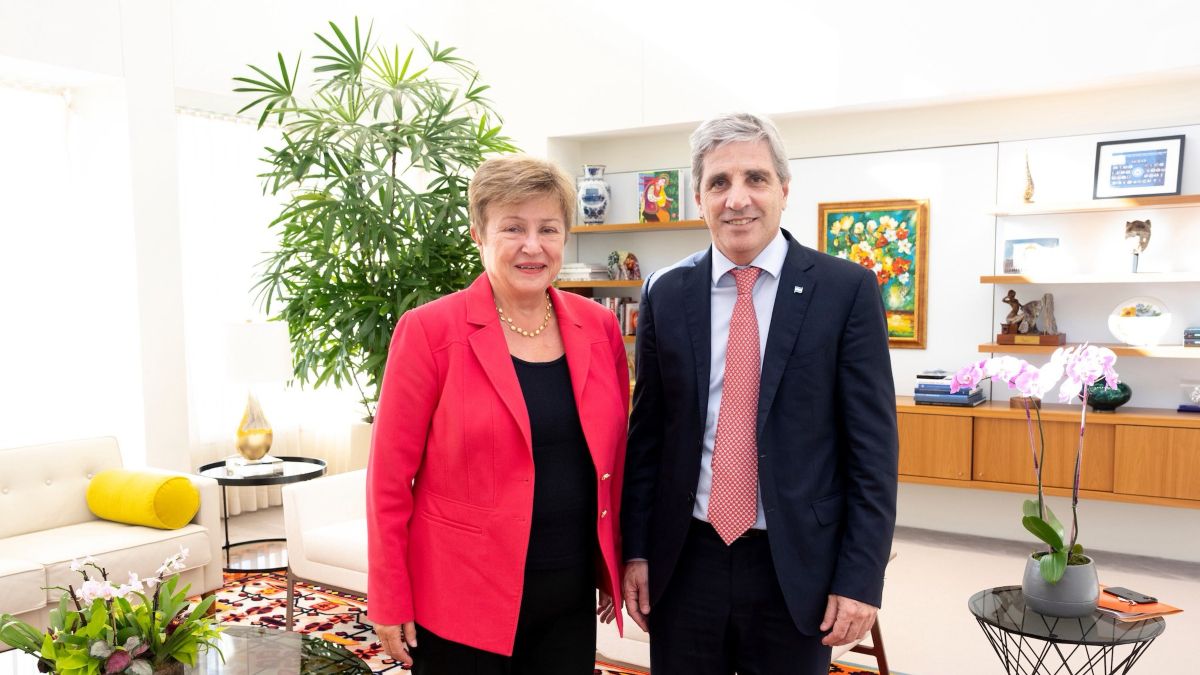A few years ago, entrepreneur Richard Baker’s department store chain HBC tried its luck at Galeria Kaufhof in vain. Now he wants to try again in a consortium. Can that succeed?
On Wednesday, insolvency administrator Stefan Denkhaus wants to publicly present the new owner(s) of Galeria Karstadt Kaufhof (GKK) at the company headquarters in Essen. Nothing has been officially confirmed yet, but it is now known that two old acquaintances are set to take over the helm of the insolvent department store chain.
A consortium made up of the US investment company NRDC Equity Partners and the entrepreneur Bernd Beetz wants to buy Galeria, as the German Press Agency learned from negotiating circles. The “Handelsblatt” had previously reported.
Just one week after the opening of insolvency proceedings, insolvency administrator Stefan Denkhaus is one step closer to saving the company. However, there is still a lot to do in the next few weeks. Denkhaus and Galeria boss Olivier van den Bossche will have to do a lot of convincing.
The department store chain’s employees may be less enthusiastic about the new owner. NRDC is owned by entrepreneur Richard Baker, who also holds a majority stake in the Canadian retail chain Hudson Bay Company (HBC). The company – with Baker at the helm – was already the owner of Kaufhof from 2015. After the purchase, however, business did not run smoothly, sales fell and Kaufhof’s bottom line was in the red. In 2018, HBC withdrew again. Entrepreneur René Benko’s Signa Group initially took over 50.01 percent of the merged company Galeria Kaufhof Karstadt and then all shares in 2019.
Retail expert Hedde: Change of concept is urgently needed
Baker isn’t the only one who is a well-known face in the company. Beetz, who is also a member of the new ownership consortium, was chairman of the Kaufhof supervisory board in 2018/2019. The current Galeria boss, van den Bossche, controlled the fortunes of the department store subsidiary under the owner HBC until 2017. The reunion with Baker and Beetz is therefore a journey back in time into the company’s not-so-distant past.
The managing director of the retail research institute IFH, Boris Hedde, certifies that buyers have “an affinity for retail”. In his view, simply transferring foreign trading concepts to Germany cannot be successful. “We are the country of discounts, which contradicts Anglo-American views,” says Hedde. Concepts from abroad have often failed in this country. It was not without reason that HBC withdrew from Europe a few years ago.
It is not yet known what role Baker and Beetz will play in the future. Other questions also remain unanswered: Why should Baker be able to get Galeria back on the road to success this time? And with what concept? Investors may be able to provide answers at the planned meeting in Essen on Wednesday.
Retail expert Hedde believes a change in concept is urgently needed. Galeria can no longer be successful with a pure supply range. “It’s not just about trade and products, but about providing target groups with attractive offers.” The trick is to motivate people to come to the city centers and offer them an experience. “Kaufhof used to have the ‘Ab in die Mitte’ initiative. That’s exactly what it’s still about today. If this is implemented, it can be successful in the long term. However, that costs money and time,” says Hedde.
Closed branches often remain empty for years
Insolvency administrator Denkhaus will try to dispel doubts among creditors and employees in the next few weeks. The overall package has to be right. The decisive factor will be how much of Galeria remains. The former retail giant has shrunk significantly in recent years. The heyday of department stores dates back decades. According to IFH, the market share is now only 1.2 percent.
At the beginning of the year, the last Galeria branches closed from the previous insolvency proceedings. There are currently only 92 left. It is certain that more locations will close. If at least 60 branches remain in existence, as Denkhaus envisions, around 30 would have to close – with far-reaching consequences. This doesn’t just apply to many of the 12,800 employees who could lose their jobs. Further branch closures would also have consequences for the cities affected.
The retail consultancy BBE has examined the effects of Galeria branch closures. The result of the recently presented study: There is an average of four to five years between closure and reopening after conversion. More than 50 percent of the department stores that closed in 2019 and 2020 are still empty. A building in Velbert that was home to a Hertie branch until 2009 has been empty for 15 years. The renovation is scheduled to be completed in 2027. Other cities should be happy if they are spared this.
How many branches remain depends on the negotiating skills of the insolvency administrator. He wants to complete discussions with the landlords and present an insolvency plan by the end of April. The final decision on a takeover will be made by the creditors’ meeting, which will meet on May 28 to vote on the insolvency plan. Until then, there is still a lot to do for Denkhaus.
Source: Stern




